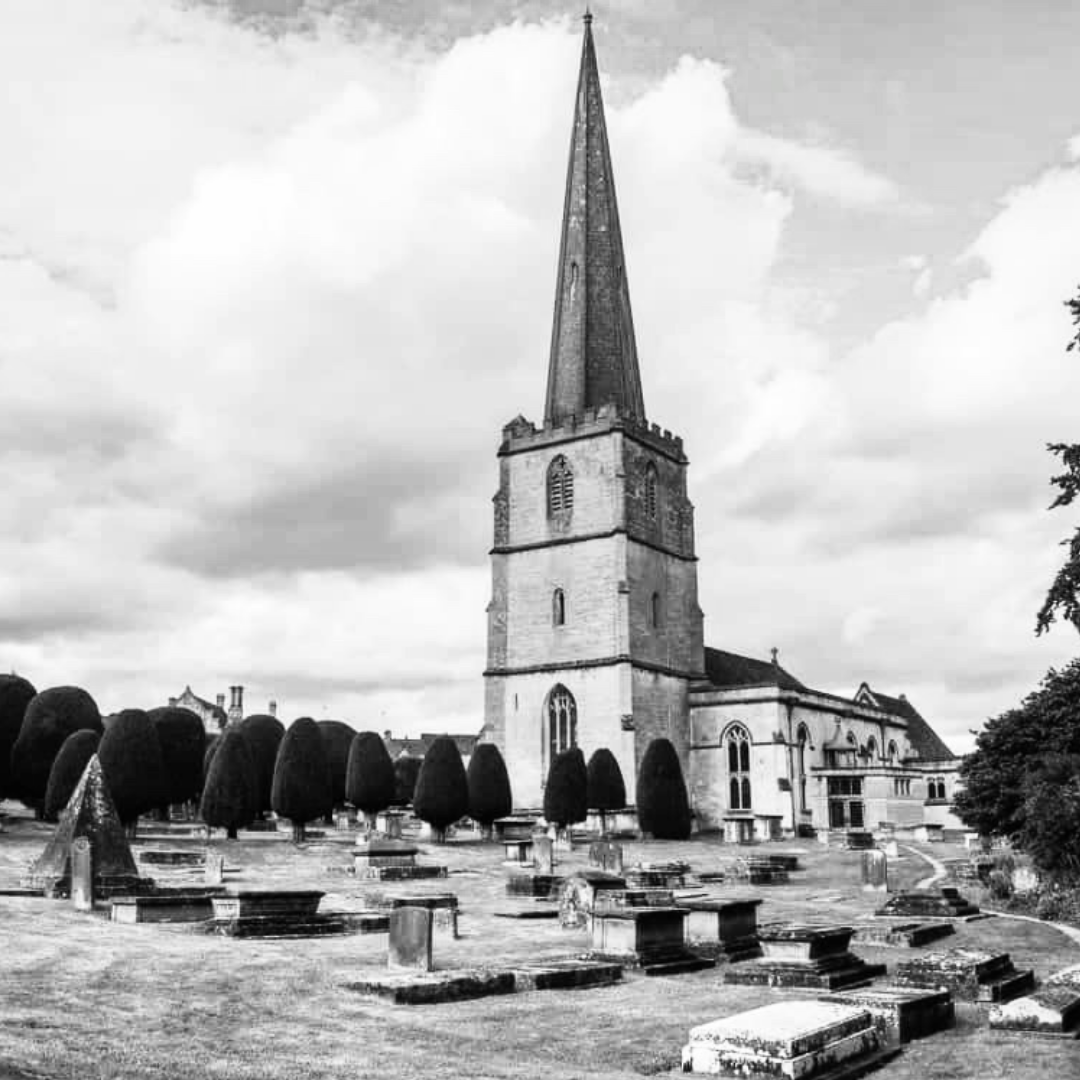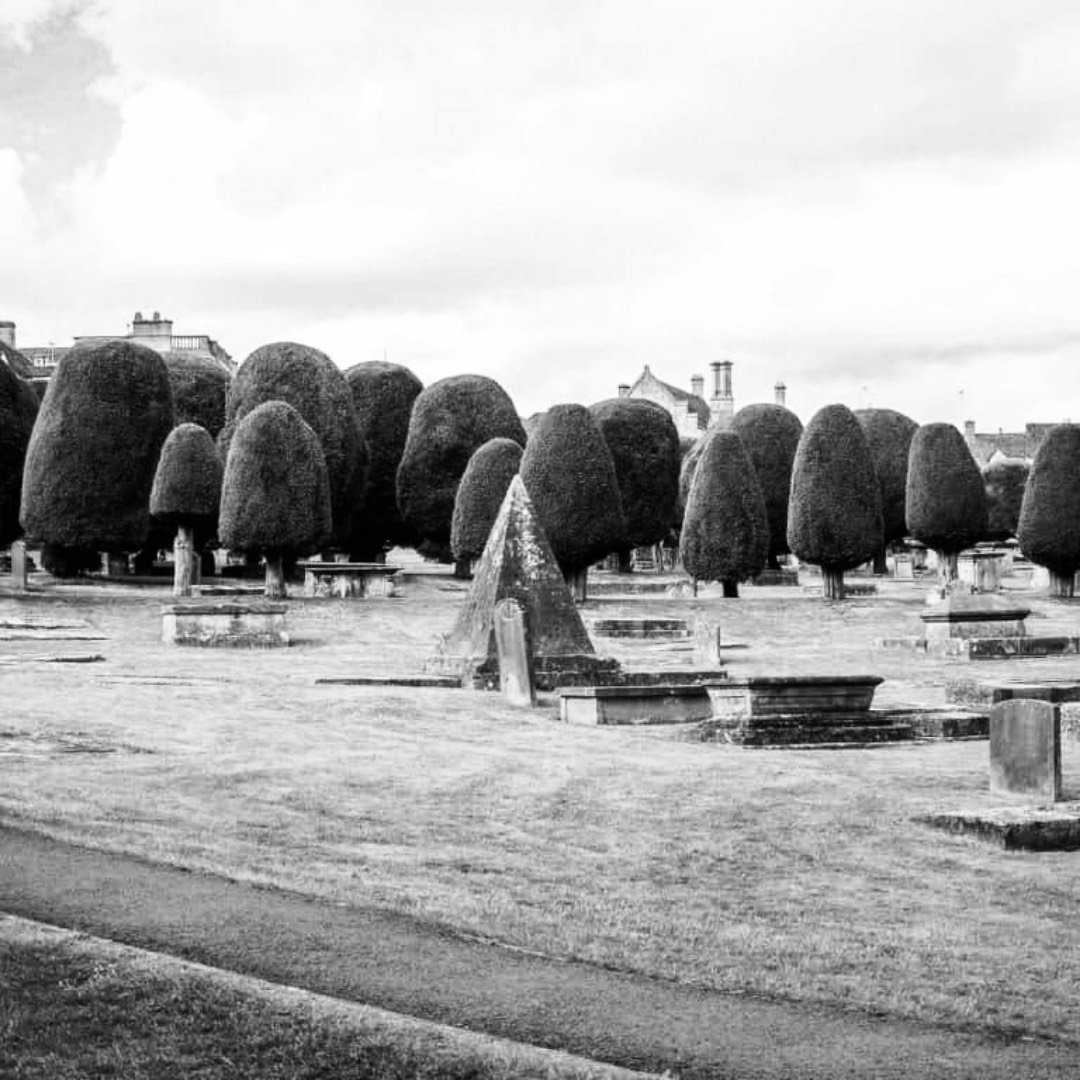The Yew Tree- The Tree of Life and Death

Alfred, Lord Tennyson described the yew thus;
“Thy fibres net the dreamless head
Thy roots are wrapt about the bones”
Cemeteries were conceived and designed both as gardens of the dead and as a memorial. The inscription on memorials, the design of monuments, the choice of stones, the architecture of building and landscape design shed light on past social customs and events and combine to make a cemetery an irreplaceable historical resource. As an important record of the social history of the area, each cemetery is also the biography of its community.
After centuries of overcrowding and tales of the stench of bodies piling high, the Burial Act of 1832 would encourage the formation of several large cemeteries. Designed by architects and gardeners these were to be large park-like structures with beauty and enjoyment at the centre. Naturally, cemeteries founded after this date would emulate these designs by considering appropriate foliage as well as architectural design.
Visit any cemetery and you are likely to see punctuating the rows of silent gravestones well tended trees and greenery. Predominant to most sites is the yew tree, long held for centuries worldwide as a symbolic and mystical tree. The yew tree has been associated with death and the journey of the soul from this life to the next for thousands of years. It was sacred to Hecate, Ancient Greek Goddess of Death, Witchcraft and Necromancy, and was said to purify the dead as they entered the underworld of Hades. There are numerous reasons given as to why yew trees have become ubiquitous in our graveyards. Some trace it back to ancient times when druids considered the tree sacred. In pagan tradition the evergreen yew trees were symbolic of the regeneration of the natural world and the spirit. Yew trees were therefore planted near temples or sacred spaces and over time as these pagan temples were replaced by Christian churches the trees remained. Yew trees were therefore assimilated as sacred trees from pagan to Christian tradition.Being a symbol of death, but very much alive, the yew came to represent eternity and is sometimes linked with the Tree of Life, which features in many religious beliefs and philosophies. This powerful symbolism led kings and queens to use yew wood in their staffs and other regalia, keen to link themselves to the concepts of longevity and God-given power.
The yew tree can be regarded as a cyclical or regenerative tree – when its branches droop and reach the ground, they can take root and form new trees. This ongoing cycle of ageing and rebirth came to symbolise death and resurrection.
A further theory as to why yew trees are planted in graveyards stems from the symbolism of the trees themselves. The evergreen nature of the tree is seen by some as a nod to the resurrection of the body and the immortality of the soul. It is thought that this symbolism made them an appropriate tree to give hope in a graveyard. The yew tree itself holds strong associations with the story of Christ’s Passion, with yew trees integral to Ash Wednesday and Palm Sunday celebrations. In early Christianity, the custom arose of burying pieces of yew with the deceased. In the 19th century, this custom was further embellished by poets who wrote of the yew’s usage in burials and in anointing bodies.
Surveys of churches show that yew trees are more commonly found on the South and West sides of a church and rarely the North. Given that burials took place on the South and West sides it is no surprise that yew trees would align here too. Robert Turner, a seventeenth century scholar writing in 1644, suggested that this alignment of the yew and the deceased was to harness the power of the yew’s branches. They would in turn ‘“draw and imbibe” the “gross and oleaginous Vapours exhaled out of the graves by the setting Sun.”
Superstitions around the yew are bountiful too with beliefs that the roots of the yew would entwine with the remains of the dead and thus holding them in place and preventing them from roaming the earth. Turner also documented some of the belief that yews would prevent roaming spirits; similarly, that many monks believed the yew to ‘drive away devils.’
There may have been practical reasons for planting yews near dead bodies. Yew seeds, needles and bark carry an alkaloid poison called taxine that could kill cattle that graze on them. Some people even believed that the yews produced these poisons from the vapours escaping from the graves. The toxicity was well known: the witches in Shakespeare’s Macbeth concoct a poisonous brew including ‘slips of yew silvered in the moon’s eclipse’.
These trees are magical ancient guardians of our landscape and cemeteries with their branches for thousands of years providing shade for those in eternal rest at their feet. If we listen carefully to the wind we may hear their whisperings- their promise of hope and life after death.
References
Baker, Margaret (2011), Discovering the Folklore of Plants, 3rd ed. Oxford: Shire Classics.
Barkham, Patrick (2019), ‘Britain’s ancient yews: mystical, magnificent – and unprotected’, The Guardian, https://www.theguardian.com/environment/2019/sep/28/britain-ancient-yews-mystical-magnificent-and-unprotected.
Freeman, Mara (no date) ‘Tree Lore: Yew’, Druidry, http://www.druidry.org/library/trees/tree-lore-yew.
Gillam, Fred (2008), Poisonous Plants in Great Britain, Glastonbury: Wooden Books.
Kendall, Paul (2015), ‘Yew’, Trees for Life, http://treesforlife.org.uk/forest/mythology-folklore/yew/.
Plant-lore.com (2019), ‘Churchyard yews’, Plant-lore.com, https://www.plant-lore.com/plantofthemonth/churchyard-yews/.





















